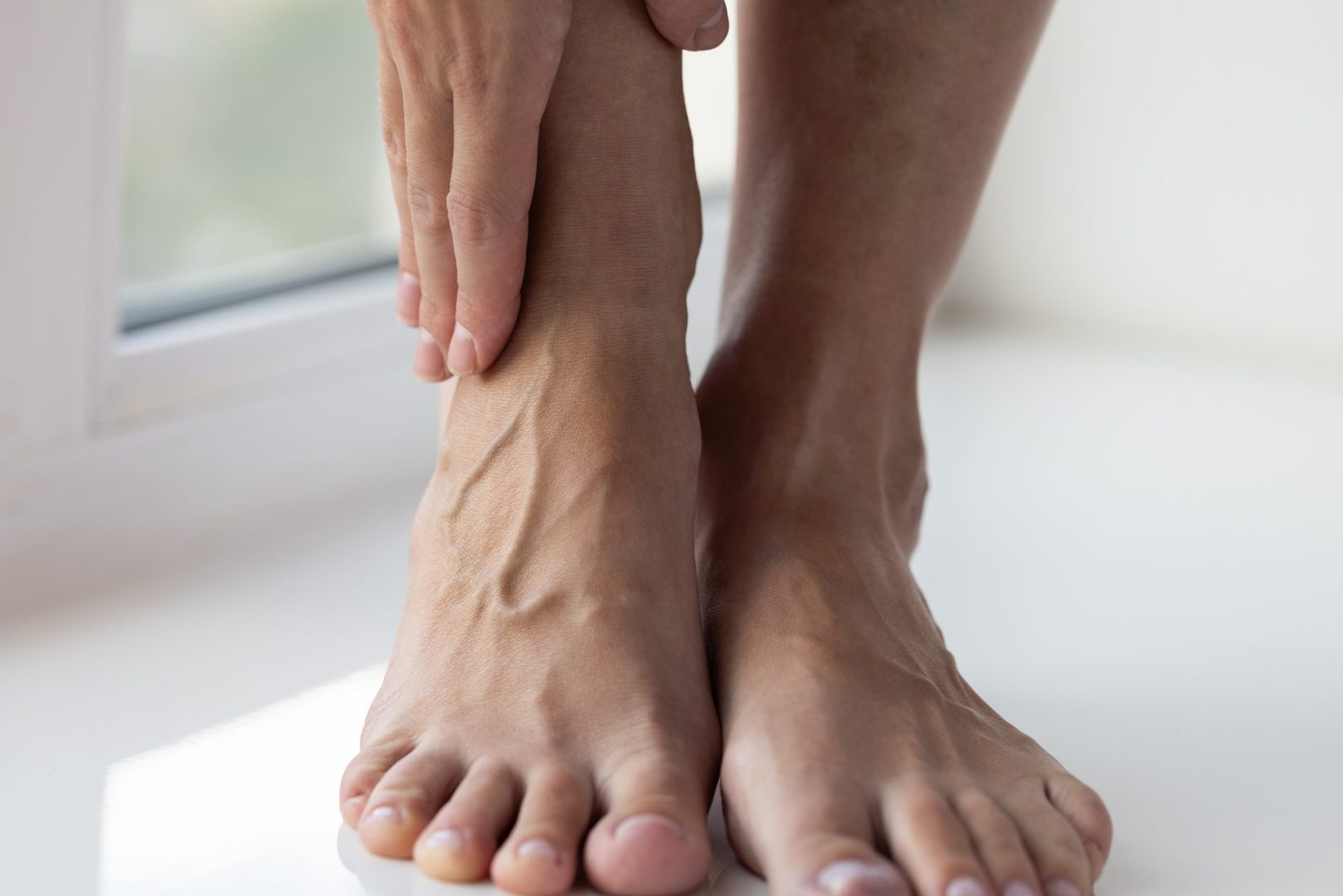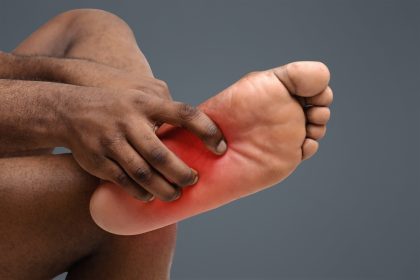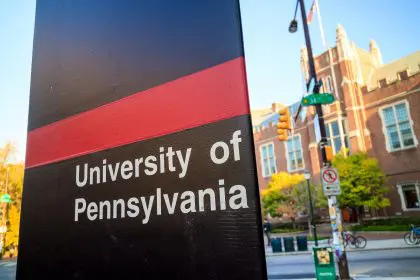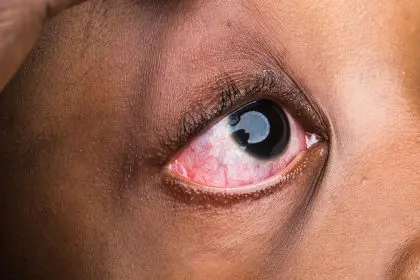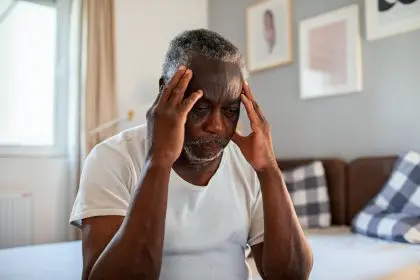Swollen veins can signal various underlying health conditions ranging from minor circulatory issues to serious medical concerns. Recognizing the primary causes helps determine when to seek professional evaluation and appropriate treatment.
Swollen veins present as enlarged, often visible blood vessels that appear raised above the skin surface or create noticeable bulging beneath the skin. This condition affects millions of people worldwide and can occur anywhere in the body, though certain locations like the legs, arms, and neck area show swelling more commonly than others. Understanding the underlying mechanisms that cause vein swelling helps distinguish between minor cosmetic concerns and potentially serious medical conditions requiring prompt attention.
Vein swelling occurs when normal blood flow patterns become disrupted, causing blood to accumulate within the vessel and creating increased pressure against the vein walls. This pressure forces the veins to expand beyond their normal diameter, often making them visible through the skin and sometimes causing discomfort or pain. The three primary causes of swollen veins each involve different mechanisms but share the common result of impaired venous circulation.
Venous insufficiency and valve dysfunction
Venous insufficiency represents the most common cause of swollen veins, particularly in the lower extremities where gravity creates additional challenges for blood returning to the heart. This condition develops when the one-way valves within veins become damaged or weakened, allowing blood to flow backward instead of maintaining its proper upward direction toward the heart.
Normal vein function relies on these tiny valves that open to allow blood flow toward the heart and close to prevent backward flow. When these valves fail to close properly, blood begins pooling in the affected veins, creating increased pressure that forces the vessel walls to expand. Over time, this chronic pressure leads to permanent vein enlargement and the characteristic appearance of swollen, often twisted vessels commonly known as varicose veins.
The development of venous insufficiency often occurs gradually over years or decades. Initial symptoms may include mild leg fatigue or heaviness, particularly after prolonged standing or sitting. As the condition progresses, visible vein swelling becomes more pronounced, often accompanied by aching, burning, or cramping sensations in the affected areas.
Risk factors for developing venous insufficiency include advancing age, as vein walls naturally lose elasticity over time. Prolonged periods of standing or sitting, particularly in occupations requiring extended stationary positions, increase the pressure on leg veins and accelerate valve damage. Pregnancy creates additional pressure on pelvic and leg veins while hormonal changes affect vein wall strength.
Obesity contributes to venous insufficiency by increasing abdominal pressure that impedes blood flow from the legs back to the heart. Family history plays a significant role, as genetic factors influence vein wall strength and valve function. Previous leg injuries or blood clots can damage vein structures and valves, creating areas of weakness that develop into insufficiency over time.
Treatment approaches for venous insufficiency range from conservative management to surgical intervention depending on severity. Compression stockings provide external pressure that helps support damaged valves and improve blood flow. Leg elevation during rest periods assists gravity in moving blood back toward the heart. Regular exercise, particularly walking and calf muscle strengthening, improves the muscle pump action that assists venous return.
More advanced cases may require medical procedures such as sclerotherapy, where chemical injections cause damaged veins to close and redirect blood flow to healthier vessels. Endovenous ablation uses heat or laser energy to seal off malfunctioning veins, while surgical removal may be necessary for severely damaged vessels that don’t respond to less invasive treatments.
Blood clots and thrombosis
Blood clots within veins create the second major cause of vein swelling through the formation of solid masses that partially or completely block normal blood flow. When a clot forms within a vein, blood begins backing up behind the obstruction, creating increased pressure that causes the affected vessel to swell visibly.
Deep vein thrombosis (DVT) represents the most serious form of clot-related vein swelling, typically occurring in the deep veins of the legs, thighs, or pelvis. These clots develop when blood flow becomes sluggish, vein walls become damaged, or blood develops an increased tendency to clot. The resulting swelling often affects the entire leg or arm rather than isolated vein segments.
Superficial thrombophlebitis involves clots in veins closer to the skin surface, creating localized swelling along the affected vessel. These clots typically cause a firm, tender cord-like swelling that feels warm to the touch and may appear red or discolored. While generally less dangerous than deep vein clots, superficial thrombophlebitis can still cause significant discomfort and requires appropriate treatment.
Risk factors for developing blood clots include prolonged immobilization, such as during long flights, extended bed rest, or recovery from surgery. Certain medical conditions increase clotting risk, including cancer, heart disease, inflammatory bowel disease, and inherited clotting disorders. Hormonal factors like pregnancy, birth control pills, or hormone replacement therapy can increase blood clotting tendency.
Recent surgery or trauma creates inflammation and tissue damage that activates the body’s clotting mechanisms. Advanced age increases clot risk through changes in blood chemistry and reduced mobility. Smoking damages blood vessel walls and affects clotting factors, while obesity creates multiple risk factors including reduced mobility and altered blood chemistry.
The symptoms of clot-related vein swelling typically develop more rapidly than those associated with venous insufficiency. Affected areas often become painful, warm, and tender to touch. The swelling may be accompanied by skin discoloration ranging from redness to deep purple or blue. In cases of deep vein thrombosis, the entire limb may become swollen and painful.
Immediate medical attention becomes essential when blood clots are suspected, as pieces of the clot can break loose and travel to the lungs, creating a life-threatening condition called pulmonary embolism. Warning signs include sudden shortness of breath, chest pain, rapid heart rate, or coughing up blood.
Treatment for clot-related vein swelling typically involves anticoagulant medications that prevent clot growth and reduce the risk of embolism. Compression therapy helps reduce swelling and prevents post-thrombotic syndrome, a chronic condition that can develop after deep vein thrombosis. In severe cases, clot-removal procedures or filter placement may be necessary to prevent complications.
Inflammatory conditions and infection
Inflammatory processes represent the third major cause of vein swelling, occurring when the vein walls themselves become inflamed due to infection, autoimmune reactions, or chemical irritation. This inflammation causes the vessel walls to thicken and swell while often triggering blood clot formation within the affected vein.
Phlebitis describes inflammation of vein walls that can occur with or without associated blood clots. When inflammation occurs without clotting, the condition is called phlebitis. When blood clots accompany the inflammation, it becomes thrombophlebitis. Both conditions cause visible vein swelling along with pain, warmth, and redness in the affected area.
Infectious phlebitis develops when bacteria or other microorganisms enter the bloodstream and infect vein walls directly. This can occur through contaminated intravenous catheters, injection drug use, or spread from nearby skin infections. The resulting inflammation creates significant swelling often accompanied by fever, chills, and severe pain along the affected vein.
Chemical phlebitis results from irritating substances that damage vein walls and trigger inflammatory responses. This commonly occurs when intravenous medications or contrast agents used in medical procedures cause chemical irritation to the vein lining. Certain medications have particularly high risk for causing chemical phlebitis, especially when administered through small veins or at high concentrations.
Autoimmune inflammatory conditions can affect blood vessels throughout the body, including veins. Conditions like vasculitis cause the immune system to attack blood vessel walls, leading to inflammation and swelling. These systemic conditions often affect multiple veins simultaneously and may be accompanied by other symptoms like joint pain, skin rashes, or organ dysfunction.
The development of inflammatory vein swelling often occurs more rapidly than venous insufficiency but may progress more gradually than acute blood clots. The affected veins typically feel firm and tender, with surrounding skin appearing red and feeling warm. The swelling often follows the path of the affected vein, creating a rope-like appearance beneath the skin.
Treatment for inflammatory vein conditions depends on the underlying cause. Infectious phlebitis requires antibiotic therapy targeted at the specific organisms involved. Chemical phlebitis may resolve with conservative measures including warm compresses, elevation, and anti-inflammatory medications. Autoimmune-related inflammation often requires immunosuppressive medications and treatment of the underlying systemic condition.
Prevention strategies for inflammatory vein swelling include proper sterile technique during intravenous procedures, appropriate catheter care and removal timing, and prompt treatment of skin infections that could spread to blood vessels. For individuals with autoimmune conditions, maintaining good disease control helps prevent vascular complications.
Recognizing when to seek medical care
Understanding when swollen veins require medical evaluation helps ensure appropriate treatment and prevents complications. Immediate medical attention becomes necessary when vein swelling develops suddenly, particularly when accompanied by severe pain, skin color changes, or warmth in the affected area.
Signs of potential blood clots include rapid onset of swelling in an entire limb, severe pain that worsens with standing or walking, and skin that appears red, purple, or blue. Fever accompanying vein swelling may indicate infection requiring prompt antibiotic treatment.
Breathing difficulties, chest pain, or coughing in association with leg vein swelling could signal pulmonary embolism, a medical emergency requiring immediate intervention. Rapid heart rate, dizziness, or fainting alongside vein swelling also warrant emergency evaluation.
Chronic vein swelling that progressively worsens or interferes with daily activities should be evaluated even if not associated with acute symptoms. Early treatment of venous insufficiency can prevent progression and reduce the risk of complications like skin ulceration or chronic pain.
Changes in skin color or texture around swollen veins, including darkening, scaling, or open sores, indicate advanced venous disease requiring specialized treatment. Persistent pain or swelling that doesn’t improve with elevation or compression also merits medical evaluation.
Prevention and management strategies
Several lifestyle modifications can help prevent vein swelling or reduce its progression regardless of the underlying cause. Regular physical activity, particularly exercises that engage the calf muscles, improves circulation and helps prevent blood pooling in the legs. Walking, swimming, and cycling provide excellent options for promoting healthy circulation.
Avoiding prolonged periods of sitting or standing helps prevent the pressure buildup that contributes to vein swelling. When long periods of immobility are unavoidable, periodic leg exercises, ankle pumps, and position changes help maintain circulation. During travel, compression stockings and frequent movement breaks reduce the risk of clot formation.
Maintaining healthy body weight reduces pressure on the circulatory system and decreases the risk of developing venous insufficiency. Proper hydration helps maintain optimal blood viscosity and circulation. Elevating the legs above heart level during rest periods assists gravity in moving blood back toward the heart.
Wearing properly fitted compression garments provides external support for weakened vein walls and valves. These garments should be professionally fitted to ensure appropriate pressure levels without restricting circulation. Compression therapy proves particularly beneficial for individuals with occupational risk factors or family history of vein problems.
Avoiding tight clothing around the waist, thighs, or calves prevents restriction of blood flow that can contribute to vein swelling. Choosing comfortable, supportive footwear helps maintain proper circulation and reduces strain on leg veins during daily activities.
The three primary causes of swollen veins—venous insufficiency, blood clots, and inflammatory conditions—each require different approaches to treatment and prevention. Understanding these distinct mechanisms helps individuals recognize symptoms that warrant medical evaluation and take appropriate steps to maintain healthy circulation. Early recognition and treatment of vein swelling not only prevents complications but also improves quality of life and long-term vascular health. Whether caused by valve dysfunction, clot formation, or inflammatory processes, swollen veins represent treatable conditions that respond well to appropriate medical care and lifestyle modifications.

